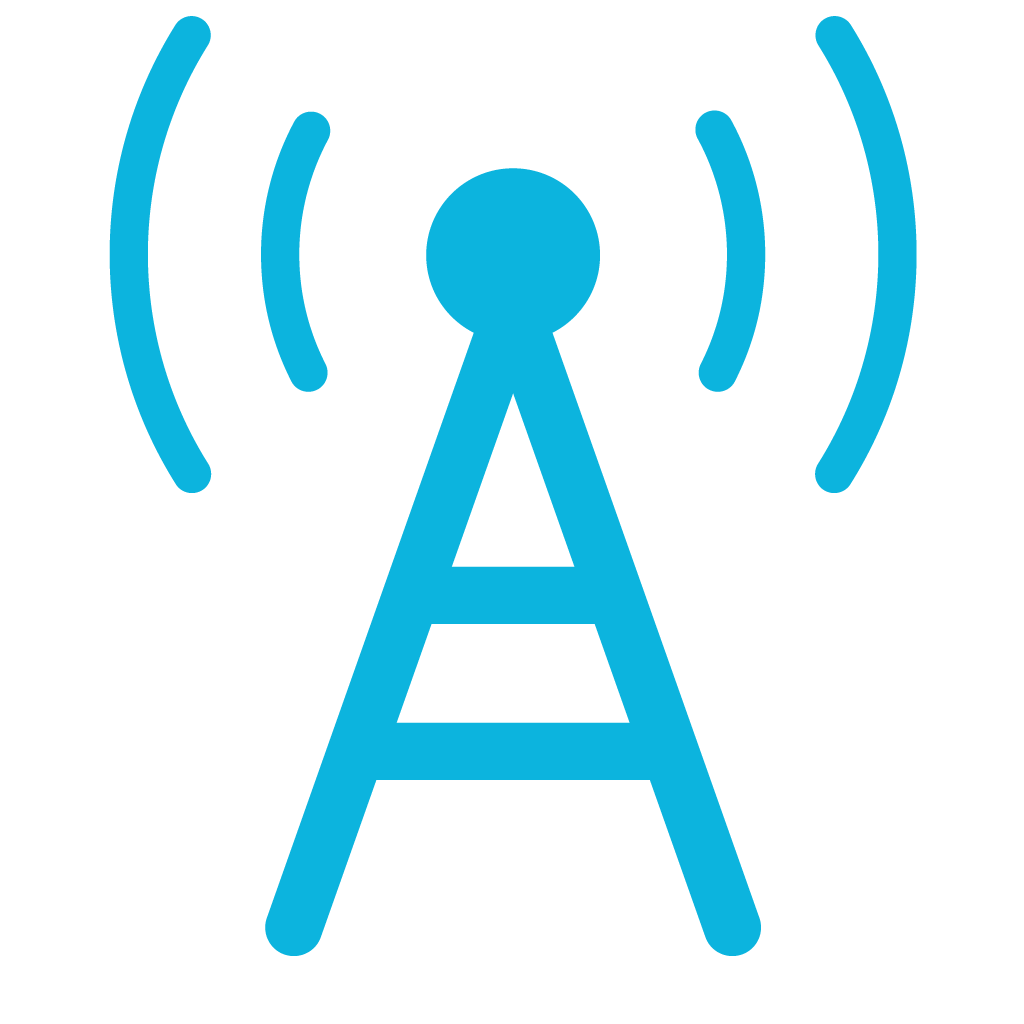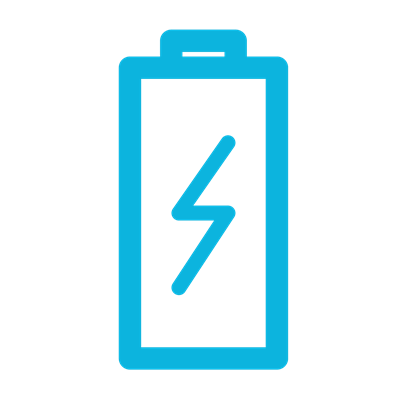When evaluating the most suitable low-power wide-area network (LPWAN) technology for your Internet of Things (IoT) application, it's crucial to consider various factors beyond just technical specifications, which in itself can widely diverge from real-world performance. These are some of the key reasons why cellular IoT (comprising NB-IoT and LTE-M) can
|

|
|
|
Licensed vs Unlicensed Frequency bands: Cellular IoT operates in licensed frequency bands that leverage existing global infrastructure. While they entail subscription fees, they guarantee wide coverage, scalability, built-in quality of service, reliability, and uncompromising security. This allows you to focus on your specific IoT product development without the need to deploy and maintain infrastructure associated with other LPWAN technologies operating in unlicensed frequency bands. |
|
|
|
|
 |
|
|
Data rate & robustness: As LPWAN technologies are typically used for devices that transmit/receive data infrequently, many are optimized for this use case. However, certain operations benefit from higher data rates, such as remote firmware updates. This is where cellular IoT stands-out as it can serve the infrequent data transmissions as well as the more intensive data bursts when they are needed. |
|
|
|
|
 |
|
|
Power consumption: NB-IoT and LTE-M technologies were developed to enable low power, massive machine type communication applications. While other LPWAN technologies may look better on paper, that can often change drastically based on the use case and many other factors, and it comes at the cost of limited data rates. With cellular IoT you don't need to compromise between power consumption and data rates, you get the best of both worlds. |
|
|
|
|
 |
|
|
Lifetime cost: While the up-front cost of some LPWAN technologies might look appealing, it's crucial to evaluate the full lifetime costs (deployment, data transmission, firmware updates, additional infrastructure setup and maintenance, etc), as that can greatly differ between technologies depending on the intended use case. Cellular IoT has a variety of connectivity models, from flat rates to pay-per-data, which brings predictable costs and removes concerns associated with own infrastructure maintenance. |
|
|
|
|
 |
|
|
Future-proof: LTE-M and NB-IoT are expected to be supported for until 2040 and beyond, since devices utilizing these technologies have a typical 10+ years lifespan. Your carrier subscription also works as insurance for a stable and maintained network during the full lifetime of your device. Infrastructure for other LPWAN technologies can suddenly be removed or shutdown, rendering your devices inoperative and putting your business at risk. |